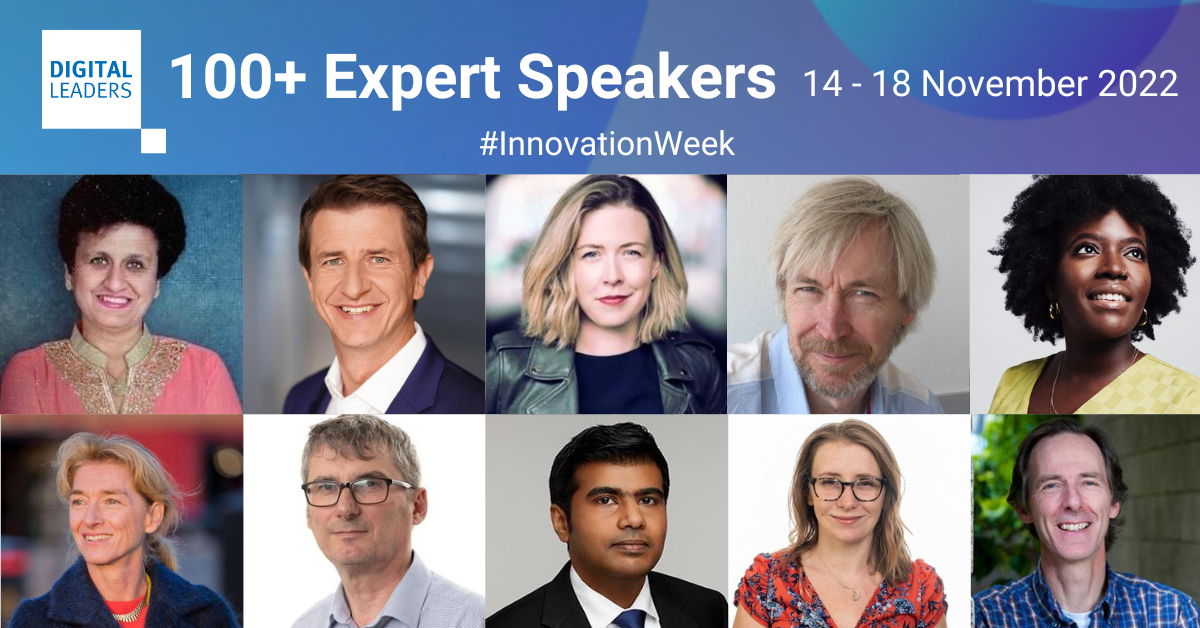There’s much more to an effective digital-first business transformation than simply buying new technology. Getting the most from new systems and tools requires a multi-faceted approach that addresses both the technological and human challenges that digital change brings.
Digital initiatives are notoriously difficult to scale across an enterprise organisation. There are plenty of tales of IT woe that testify to this. But despite the complexities, digitalisation isn’t something businesses can ignore. In fact, according to Gartner, 87% of senior business leaders say it is a company priority, yet only 40% of organisations have put that enthusiasm into action at scale.
Implementing innovation is a complex and time-consuming task. There are rarely any easy fixes. Ultimately, successful organisational change will ensure your business is equipped to meet the expectations of digital-first consumers and grasp any emerging opportunities.
With that in mind here are ten ways of implementing innovation and carrying out change management in a large organisation, that enhance your organisation’s ability to operate more effectively and respond to the demands of a rapidly evolving digital economy.
1. PINPOINT THE AIMS OF ORGANISATIONAL CHANGE
The purpose of organisational change defines which technological solutions should be implemented to be the driving force of change. Identifying the pain points in your business is the first step to understanding which tools can support it to operate more effectively.
For example, perhaps your digital customer experience is holding back your business, or you are eager to increase your speed to market. These differing goals will require different bespoke solutions.
2. CLEARLY SHOW EMPLOYEES THE BENEFITS
Rather than imposing an agile transformation from on high, demonstrate to employees how a large-scale initiative will positively impact their day-to-day working lives, for example by automating an inefficient manual process.
Supporting the implementation of new digital tools with a rationale that proves their benefits, reduces resistance to change and encourages greater engagement with new experiences.
3. TEST IMPLEMENTING INNOVATION WITH A PILOT PROJECT
When it comes to organisational change, it pays to walk before you can run. A pilot project that solves a specific issue and generates real value, will test how new technology responds in the real world, enabling it to be tweaked and refined before being rolled out companywide. It is also a compelling way to demonstrate its potential to others in the organisation.
4. PROVIDE RESOURCES AND TRAINING AT ALL LEVELS
Digital solutions may seem intuitive and straightforward to those implementing innovation, but across an organisation there may be hundreds, possibly thousands, of people with varying degrees of experience using them.
That’s why comprehensive companywide training, ideally from a digital agency with a deep understanding of the new tools and processes, is necessary. Long-term support can then be maintained by developing subject matter experts in each team, providing accessible guides and connecting team members to a help desk.
By ensuring the questions and problems that inevitably arise after the implementation of a technology are quickly solved, people’s confidence in new tools, and their willingness to use them, will grow.
5. THINK AS A SYSTEM, NOT IN A SILO
An enterprise-wide digital transformation requires enterprise-wide thinking. In practice that means creating clear lines of communication between departments and putting in place cross-functional teams that lead to high performing engineering teams. Organisations taking an agile approach might use program increment (PI) planning to do this.
These are regular meetings that bring together all those involved in a large-scale change, to evaluate progress, identify where issues are emerging and set objectives to be achieved before the next gathering. This ensures teams across the organisation are continually aligned and can respond flexibly to changing processes and priorities.
6. DEVELOP AMBASSADORS FOR ORGANISATIONAL CHANGE
These are key drivers of a digital strategy and are crucial to change management. Placed at all levels and in all teams, they are advocates for the benefits of change and understand the challenges their colleagues have in adapting to it.
They support team members to navigate their way through the inevitable complexity of a digital transformation and get the most from organisational change. They also ensure departments work together smoothly and act as a bridge to senior management so they can make them aware of team members’ concerns and influence decision making.
7. CREATE OPPORTUNITIES FOR CAREER PROGRESSION
Digital organisational change is an opportunity for people to build new skills and expand their opportunities. If it is framed as a way to enhance careers, and that is backed up with concrete pathways and training, it brings people onboard with the process. Businesses that take this approach are more effective at implementing innovation.
For example, Deloitte has found that companies with a strong learning culture are 92% more likely to develop new products and processes.
8. BE WILLING TO CHANGE DURING CHANGE MANAGEMENT
There are numerous reasons a transformation may need to shift direction: technological advances may change what is possible or, as we have experienced recently, global events may disrupt your market.
Nothing is set in stone and your best laid plans may need to adapt. By building a culture of innovation and taking an agile approach to development, your organisation will be able to flexibly prioritise activities that meet the changing needs of your business and its customers.
9. MEASURE THE IMPACT OF ORGANISATIONAL CHANGE
A successful digital strategy and implementation should have clearly defined goals. Progress towards those goals needs to be measured, to quickly identify where new innovation isn’t working effectively or being adopted by team members. There are a number of frameworks you can use to do this, including our Agile Maturity Index.
10. LEAN ON EXTERNAL DIGITAL CHANGE MANAGEMENT EXPERTISE
Organisational change isn’t easy and, understandably, many businesses do not have all the expertise they need in-house to guide a successful initiative. It is important to recognise from the start that enterprise-wide change is multi-faceted and complex, and you may need support.
A digital consultancy that specialises in agile project management, agile methodologies and implementing innovation, will have the insights and experience to guide your digital transformation around the pitfalls that many fall into. They will also ensure your teams are using new tools and processes as effectively as possible to deliver business value at speed and scale.
We believe following these ten points will contribute to a digital transformation that truly delivers a return on investment. Although no two organisations are the same and they will all have their own specific objectives, the full benefits of any change will only be realised if everybody in a business is onboard and ready to adopt new ways of working. Ensuring you are taking the right people-centred approach from the start is crucial. As a digital agency that specialises in change management, we can help your organisation achieve this.
For a deeper discussion about your needs, please book a discovery call.









